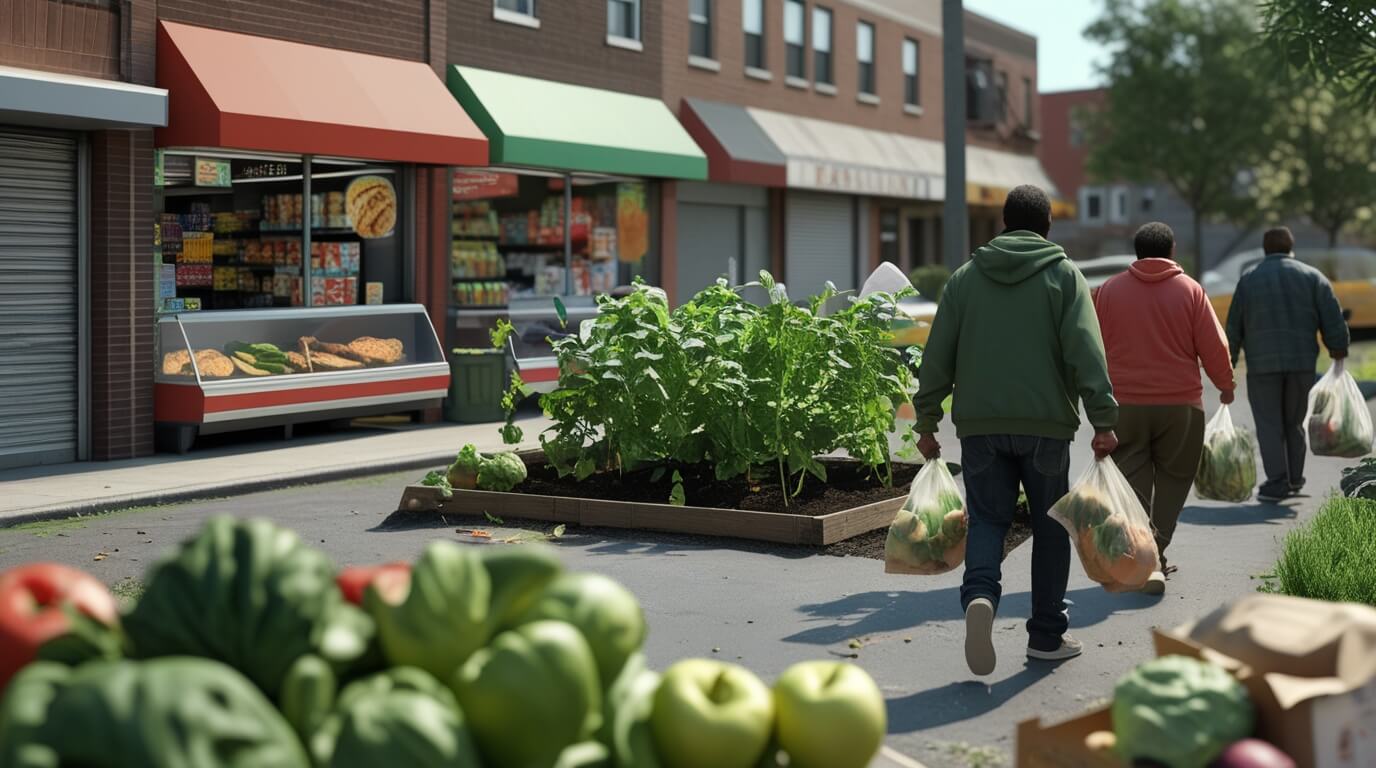September 02, 2025

Access to healthy, affordable food is a fundamental necessity, yet for many people living in urban areas, this is far from reality. Food deserts—neighborhoods where fresh fruits, vegetables, and other nutritious foods are hard to find—pose significant challenges for families and communities. These areas are often saturated with fast food outlets and convenience stores, leaving residents with limited options for maintaining a balanced diet.
Food deserts are typically found in low-income urban neighborhoods where grocery stores, supermarkets, or farmers’ markets are scarce. According to the U.S. Department of Agriculture (USDA), food deserts affect millions of Americans, contributing to poor dietary habits, obesity, and long-term health conditions like diabetes and heart disease.
For a deeper dive into how nutrition directly affects learning and development, check out this article on The Impact of Nutrition on Student Learning.
Urban areas often have higher population density, but this doesn’t translate to equal access to healthy food. Many factors contribute to the existence of food deserts:
This lack of access worsens health disparities among disadvantaged communities. You can also explore related issues in The Problem with Food Waste and How to Solve It, which highlights another major challenge in our food system.
The absence of healthy food options often forces residents to rely on processed, calorie-dense meals. Over time, this leads to:
Studies from the Centers for Disease Control and Prevention (CDC) have shown that lack of access to fresh food significantly increases the risk of preventable diseases.
For more on the link between nutrition and well-being, see Understanding the Gut-Brain Connection.
While the challenges of food deserts are significant, there are multiple innovative solutions:
For individuals, small lifestyle changes—such as reducing food waste at home—can also play a part. Learn more from From Farm to Table: Reducing Food Waste for Good.
Food deserts are not just about hunger—they’re about equity and social justice. Every person deserves access to fresh, affordable food. Tackling this issue requires a multi-faceted approach involving government, businesses, nonprofits, and communities themselves.
As highlighted in Understanding Charitable Giving: A Beginner’s Guide, even individual contributions and community action can create ripple effects that help bridge food access gaps.
Solving food deserts means more than building grocery stores—it’s about creating sustainable systems that prioritize health, dignity, and opportunity for all. By implementing innovative solutions and working together, we can ensure that everyone has the opportunity to eat healthily and live well.
Stay up to date with the latest tips, expert insights, product reviews, and step-by-step guides to help you grow, create, and succeed—no matter your industry or passion.